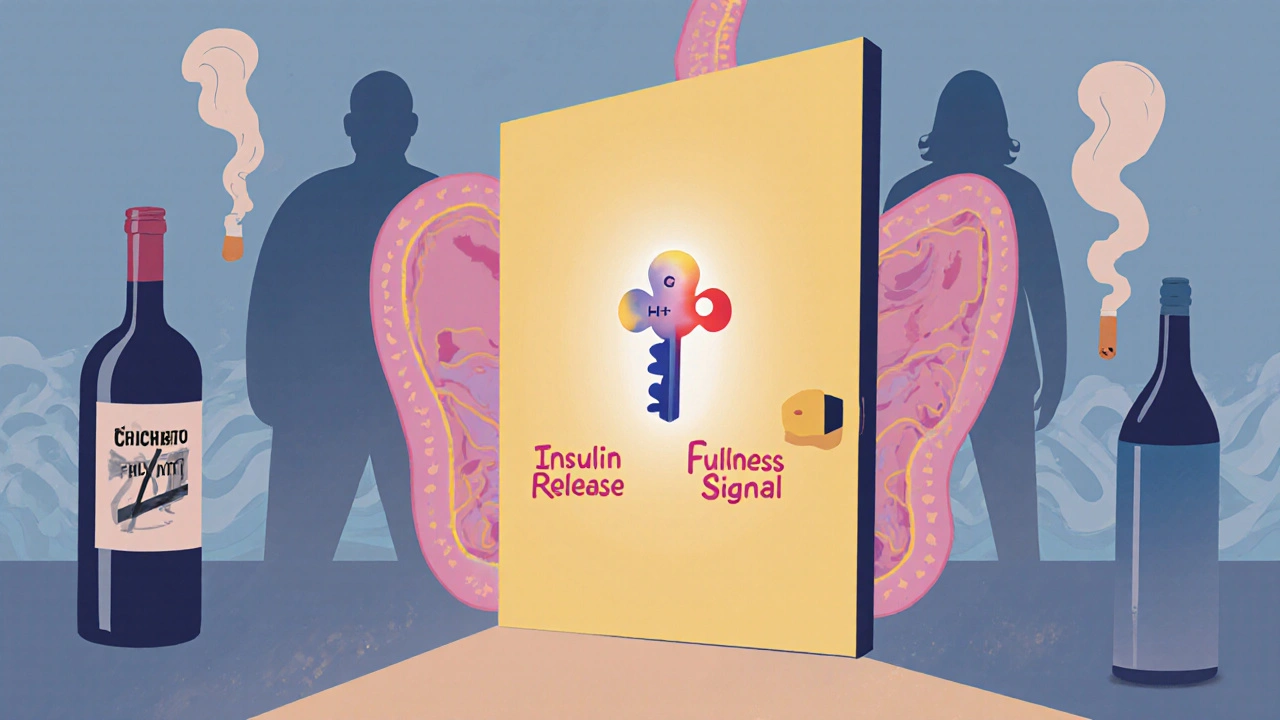Diabetes medication: what works, what to watch, and how to stay safe
Did you know many people manage type 2 diabetes without insulin now? New medicines make that possible, but knowing which drug does what matters. This page breaks down common diabetes meds, side effects to watch for, and real-world tips for taking and buying them safely.
Types of diabetes medicines
Here are the main groups you’ll hear about. I’ll keep it short and useful.
Metformin – Often the first pill prescribed. It lowers liver glucose and usually doesn’t cause low blood sugar. Stomach upset and metallic taste are common but often fade.
Insulin – The most powerful way to lower blood sugar. Comes as rapid, short, intermediate, and long-acting. Insulin can cause low blood sugar (hypoglycemia) and needs careful dosing and storage (some types must stay cool).
GLP-1 receptor agonists (injectables like liraglutide, semaglutide) – Cut appetite and lower glucose. Many people lose weight on these. Expect nausea early on; start low, go slow.
SGLT2 inhibitors (like empagliflozin, canagliflozin) – They help the kidneys remove excess sugar in urine and can cut heart and kidney risks. Watch for genital yeast infections and dehydration.
DPP-4 inhibitors (sitagliptin etc.) – Mild glucose lowering with few side effects. Often well tolerated but less powerful than GLP-1s or SGLT2s.
Older options – Sulfonylureas (glipizide) and TZDs (pioglitazone) still work but can cause weight gain or increased low-sugar risk. They’re useful when cost is a big concern.
Practical tips for taking and buying meds
Keep it simple so your treatment actually works:
- Follow the schedule. Some meds go with food, others on an empty stomach. If you miss a dose, check your prescription info and ask your pharmacist before doubling up.
- Monitor your blood sugar. If you start a new medicine, check more often for the first week—especially with insulin, sulfonylureas, or when adding another strong drug.
- Know common side effects: low blood sugar (sweating, shaking, confusion), stomach upset, yeast infections, or dehydration. Call your provider for severe symptoms.
- Store properly: most insulin needs refrigeration until opened; many oral meds do fine at room temp. Keep meds away from heat and humidity.
- Buying online? Use licensed pharmacies, look for clear contact info and pharmacist access, and avoid suspiciously low prices. Keep receipts and check packaging on arrival.
Want a quick next step? Take a photo of your current meds and ask your healthcare provider to review them. That one action can prevent interactions and improve results fast.
GLP-1 Agonists and Pancreatitis Risk: What You Need to Know About Monitoring and Alternatives
GLP-1 agonists like Ozempic and Wegovy offer major health benefits but carry a debated pancreatitis risk. Learn who's truly at risk, how to monitor for symptoms, and safer alternatives based on the latest 2025 research.
MoreManaging Saxagliptin Side Effects: Practical Tips for Relief
Coping with side effects while taking Saxagliptin, a common diabetes medication, can be challenging. Understanding potential side effects and knowing practical ways to manage them can greatly alleviate discomfort. This article offers simple advice on handling common issues like headaches or stomach upset. By incorporating easy adjustments into daily routines, users can improve their experience with Saxagliptin. Stay informed and proactive for better health outcomes.
More

